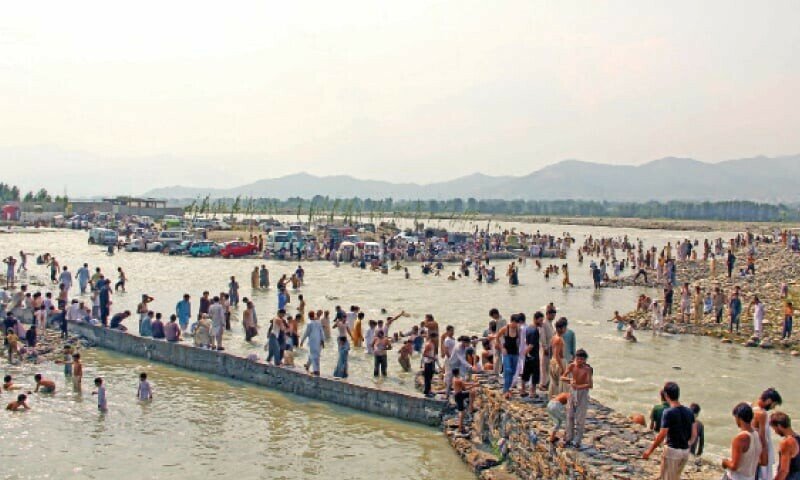Islamabad: As the incidents of drowning people in sudden floods in various parts of the country, especially during the current season of the Monzón, they continue to increase, Pakistan, like other countries of the world, would observe the day of world UN prevention of the UN downtown on July 25.
It is observed that the day creates awareness about the tragedy of drowning and demands urgent action to save lives and prevent disabilities for life caused by drowning.
The UN World Health Organization emphasizes teaching communities on water safety to develop national drowning prevention plans to help keep people safe.
According to the Global State Report on the prevention of drowning, 2024, who estimated 23,000 drowning deaths in Pakistan in 2021, reflecting a mortality rate per 100,000 to 9.6.
The report indicates bad governance and coordination to avoid drowning. There is no national focal point for drowning prevention, or any drowning prevention strategy neither there is the Coordination Mechanism for the prevention of drowning.
Who estimated 23,000 drowning deaths in the country in 2021, according to the Global State Report on drowning prevention
The report says that there is no legislation to be in private or public pools, but there is legislation that requires the use of life vests when it sails.
Every year, dozens of people in the country are drowning on sudden floods that can be prevented if the water safety equipment is maintained in strategic locations together with Ríos, Nullahs, Lagos and Maritime Beaches.
The NDMA and PDMA were created for disaster management, but these institutions have not installed security equipment.
The installation of water safety equipment in strategic locations is particularly required during the Monzón season. Personal flotation devices, security lines and floats, rescue posts, fences and barriers and first aid kits are of greater importance in strategic places along with rivers and lakes in the north of the part of the country that are crowded by tourists during the hot summer season.
Now there is a new urban flood phenomenon that is also witnessing cases of drowning. The recently developed residential areas and the cities of Bahria have also been beaten by urban floods, but no water security equipment has also been seen in these areas.
According to statistics published by the National Disaster Management Authority (NDMA), 234 people lost their lives and 594 suffered wounds from June 26 to July 22, and during the last 24 hours, 12 people lost their lives due to floods.
The largest number of drowning cases occurred last month when 18 people drowned on the Swat River.
It is estimated that 236,000 people drown every year, and drowning is one of the 10 main causes of death of children 5 and 14 years. More than 90 percent of drowning deaths occur in rivers, lakes, wells, domestic water storage ships and swimming pools in low and medium -sized income countries, with children and adolescents in disproportionately affected rural areas.
The first WHO Global State Report on drowning prevention reveals that at least 3 million people around the world have lost their lives due to drowning in the last decade. It is estimated that 300,000 of these drowning deaths occurred only in 2021, 43 percent of which were among children 14 years or less. The Western Pacific region and the Southeast Asian region represented the greatest number of drowned deaths.
The drowning disproportionately affects the poor. The vast majority of drowning deaths (92 percent) occur in low and medium -sized countries, where drowned mortality rates are 3.2 times higher than those in high -income countries.
Legislation is underutilization, although
powerful tool for drowning prevention. In some cases, the legislation that addresses the specific drowning risks has high coverage, however, the amplitude of individual laws varies greatly. There is a notable absence of legislation to address specific drowning risks.
Only 14 percent of the countries that are part of the report, covering 630 million people, who have national laws to fence the perimeter of private and/or public swimming pools to avoid non -supervised access by children. These findings reveal that the legislation is often out of tune with the scale of the challenge.
The WHO report says that increasing global investment in drowning prevention could save lives from more than 774,000 children; prevent 178,000 non -fatal drowning victims from suffering serious and limiting injuries of life; and avoid more than $ 400 billion in possible economic losses in high and medium -sized countries for 2050.
Posted in Dawn, July 23, 2025









